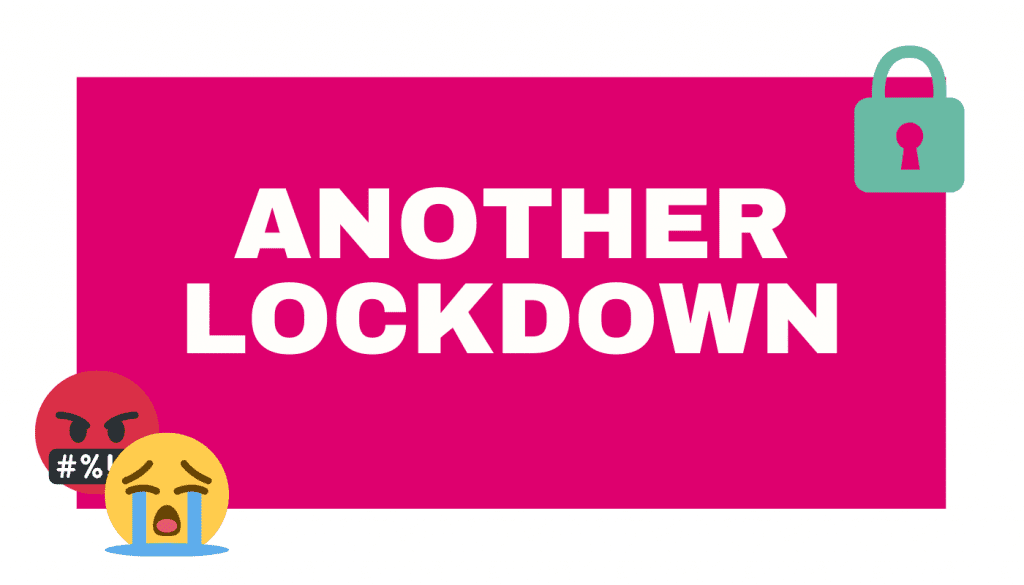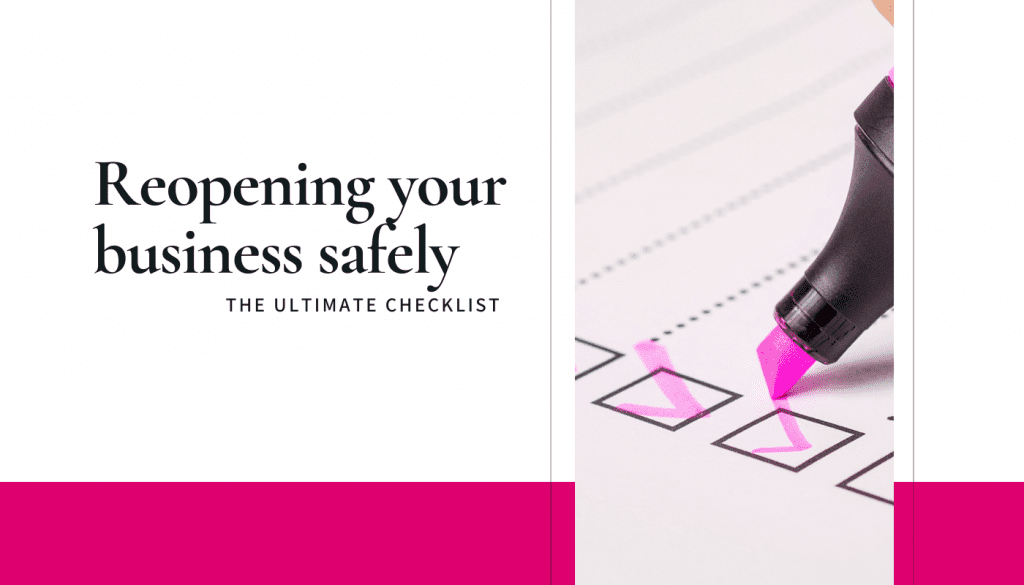
Your profit margin is how much money you actually get to walk away with after a transaction is complete (revenue…

Your profit margin is how much money you actually get to walk away with after a transaction is complete (revenue…

Yesterday the English government formally announced it’s 4 steps out of lockdown and all social distancing restrictions. The welsh and…

Lockdown 3.0 has felt like an eternity. However, there is a light at the end of the tunnel with the…

As we keep plunging deeper into a global recession, it can be tempting to panic and dither with decisions, but…

The pandemic may have forced hundreds of businesses to convert from co-located teams to 100% virtual teams in a matter…

Yesterday the Scottish and English governments announced national lockdowns with schools being closed. The net result being all of England…

Are you saying yes to every piece of business coming your way? Do you hear yourself saying ‘I wish I’d…

We may not know when things will be going back to normal, even now that a Covid vaccine is on…

Would you trust your life to someone who was not a doctor? Would you be defended in court without a…

As most working professionals spend a third of their time at work, it’s been a massive adjustment for the millions…